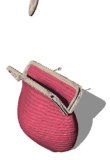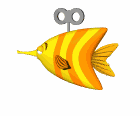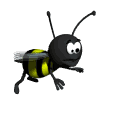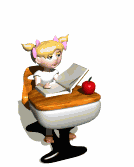|
|
|
|
|||||||||||||||||||||||||||||
|
Numeracy problems to solve for Key Stage 1, 2 and 3 Did you know that your calculator can make words? All you have to do is turn the calculator upside down and certain digits look like letters. The most common are:- 1 - I 3 - E 4 - h 5 - S 6 - g 7 - L 8 - B O - 0 Task A What do they say? Here are some
simple words for you to work out. 38 An extra challenge Can you make some more words. Challenge a friend to find more than you.
Task B A calculator puzzle TARGET 100 Can you make your calculator show '100' by using only these keys? [7] [3] [+] [-] [=] You can press them in any order and as many times as you like. Challenge your friend to do it in less presses than you. Can you do it in less than 10 'presses'?
Test your strategies. Each coloured spot represents a different British coin. Task A The coins on the graph are from 1p to 50p. You need to think about size and value of the coins. Try it without looking at the coins first and then use real coins to check.
Task B The coins this time are from 1p to a £5 coin. You need to think about size and weight of the coins. Try without using the coins to start with and then use the actual coins to help you or to check whether your right.
Try this activity on your friends and family. An extra challenge You may like to make up your own activity similar to Task B using a set of foreign coins and challenge someone to find which coins are which.
(You can write the answers in the cross-grid above!!)
Add together all identical digits and increase this number by 38. Write the value you obtain in the first row of squares below. (You can write in the boxes below!!)
Use the code panel to find their letter equivalent, write in row 2
An extra task Unscramble the letters in row 2 to find a nine - letter mathematical word. |
|
|||||||||||||||||||||||||||||
|
|
|








